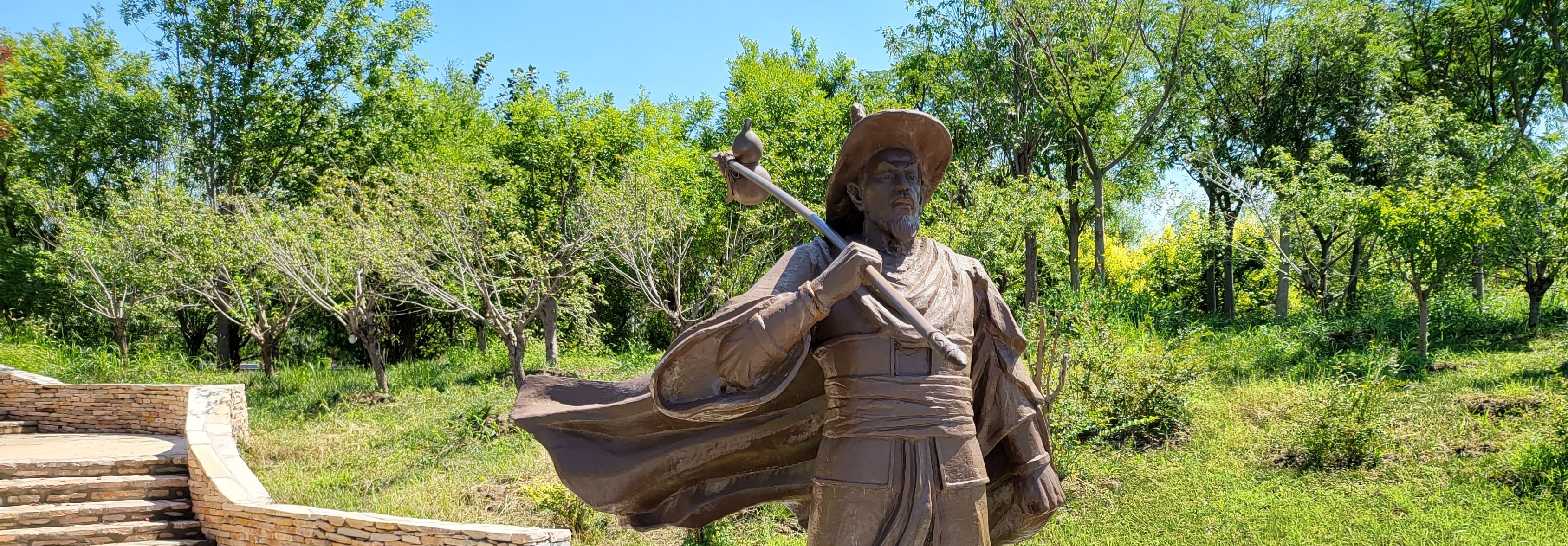Liuhe Pagoda
Publié: 10.11.2024
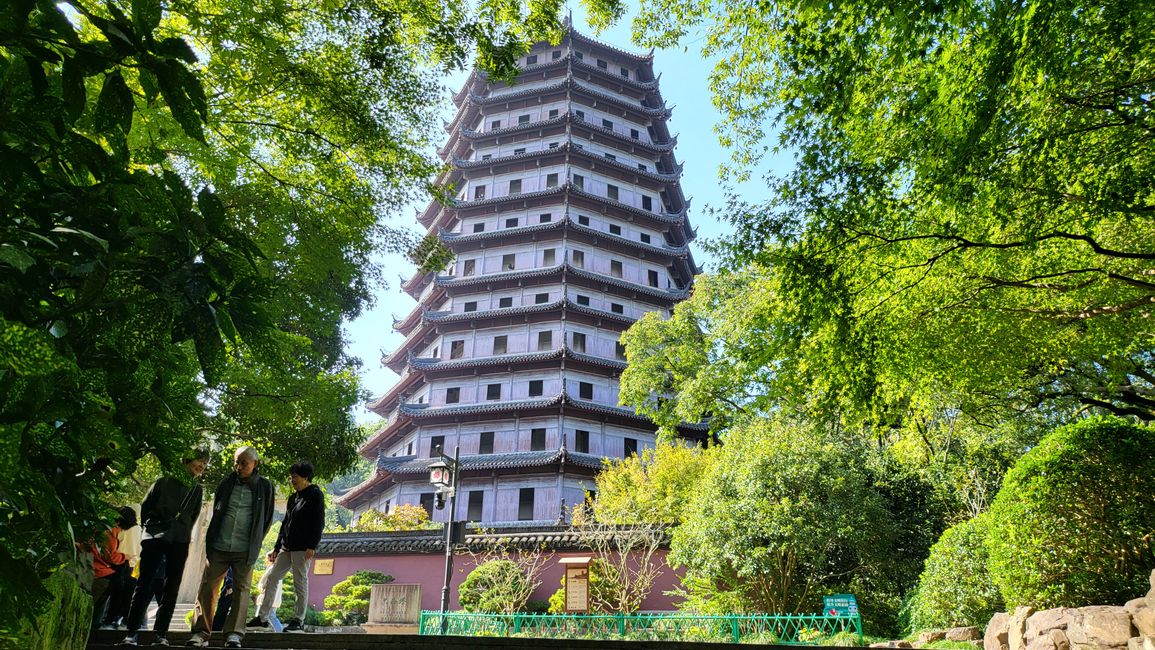
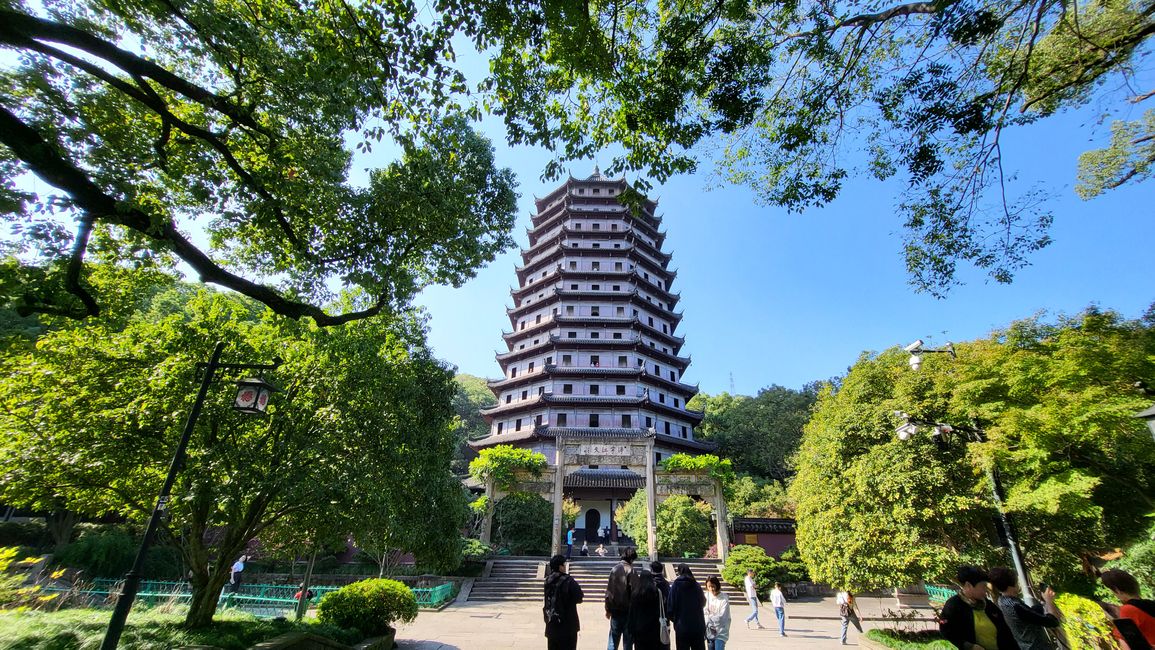
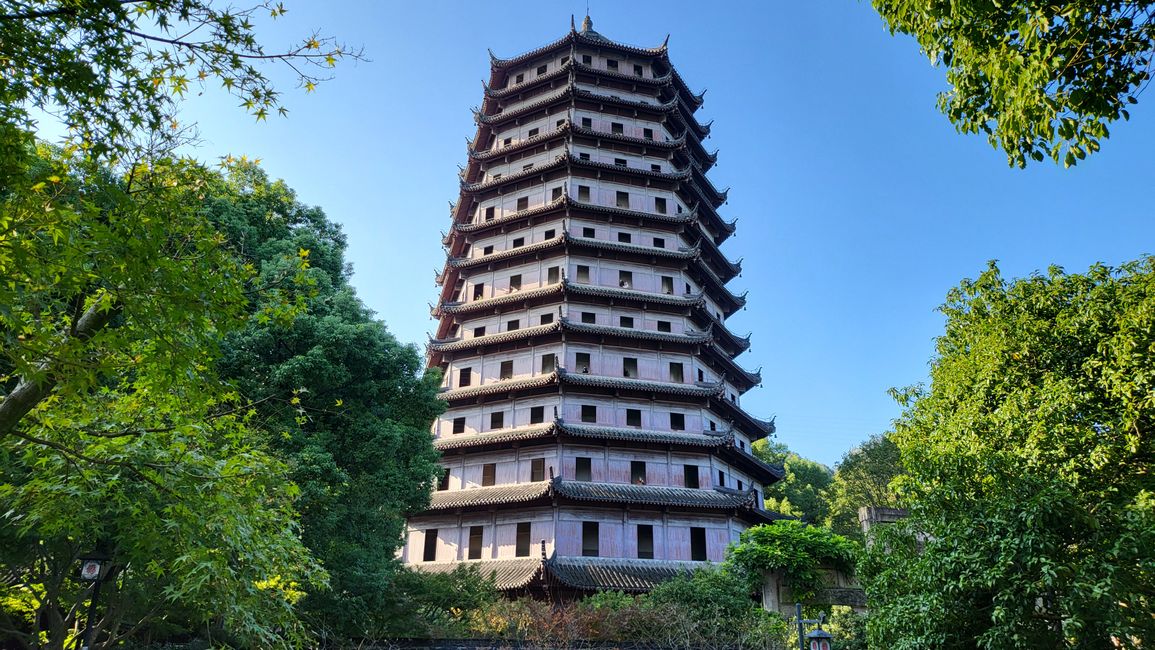
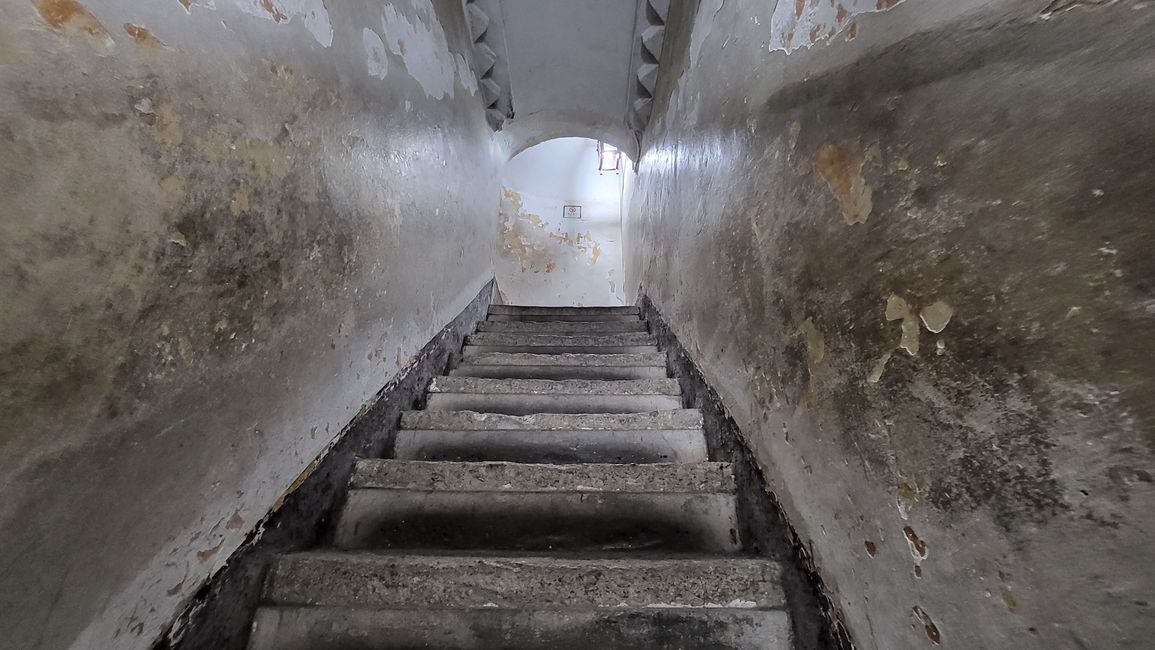
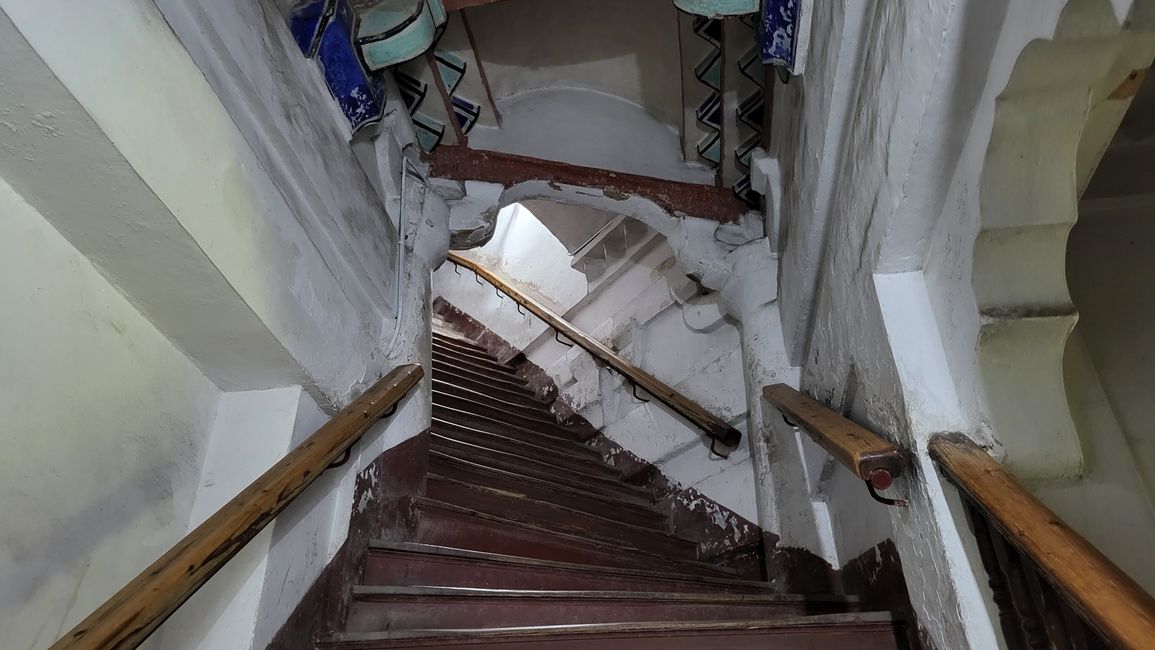
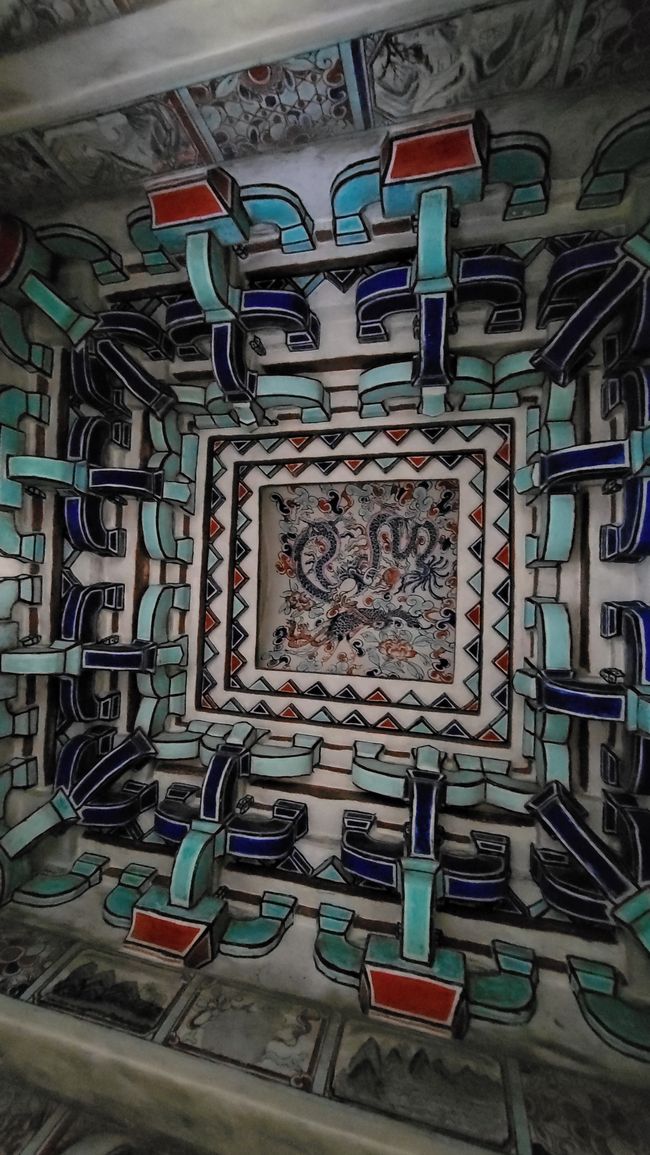
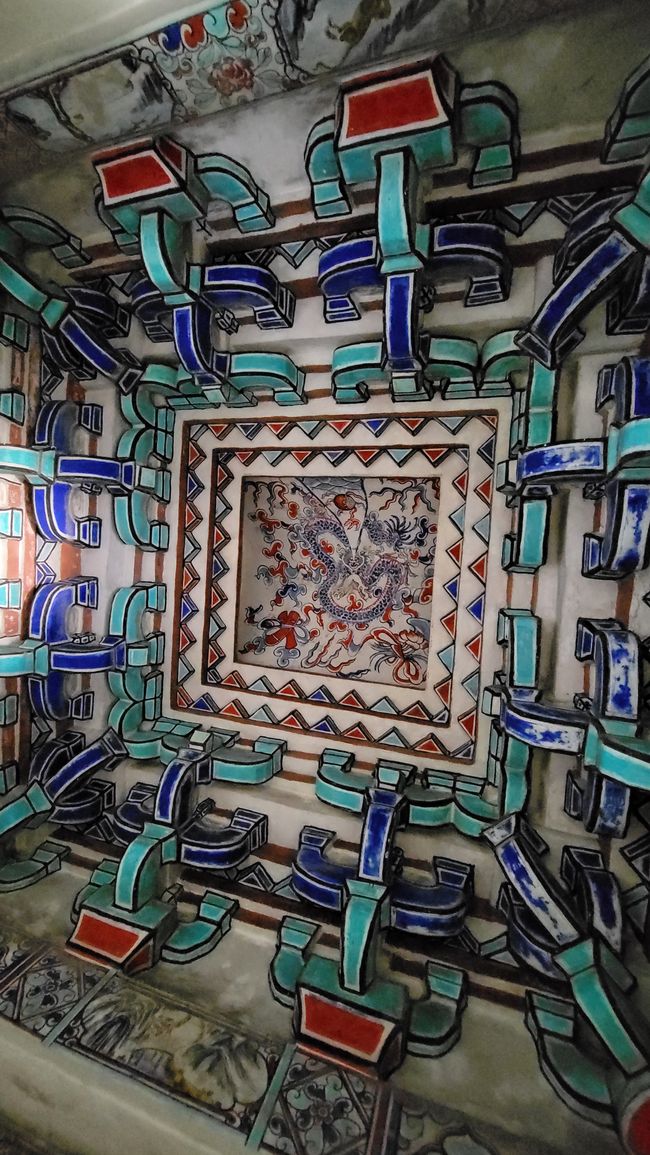
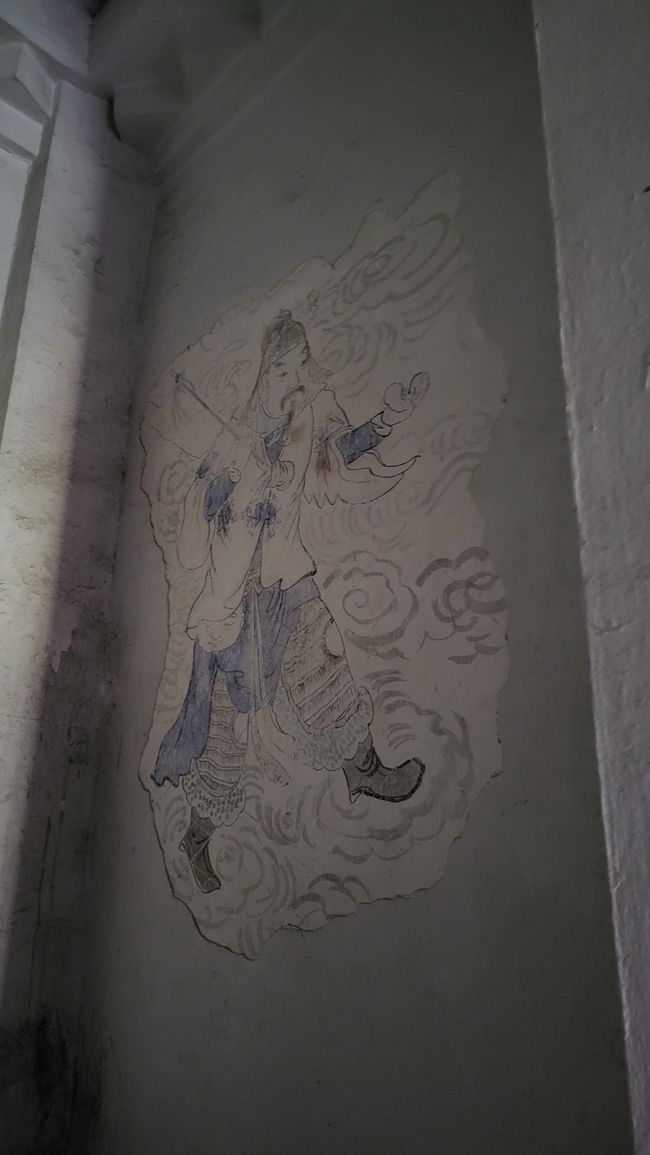
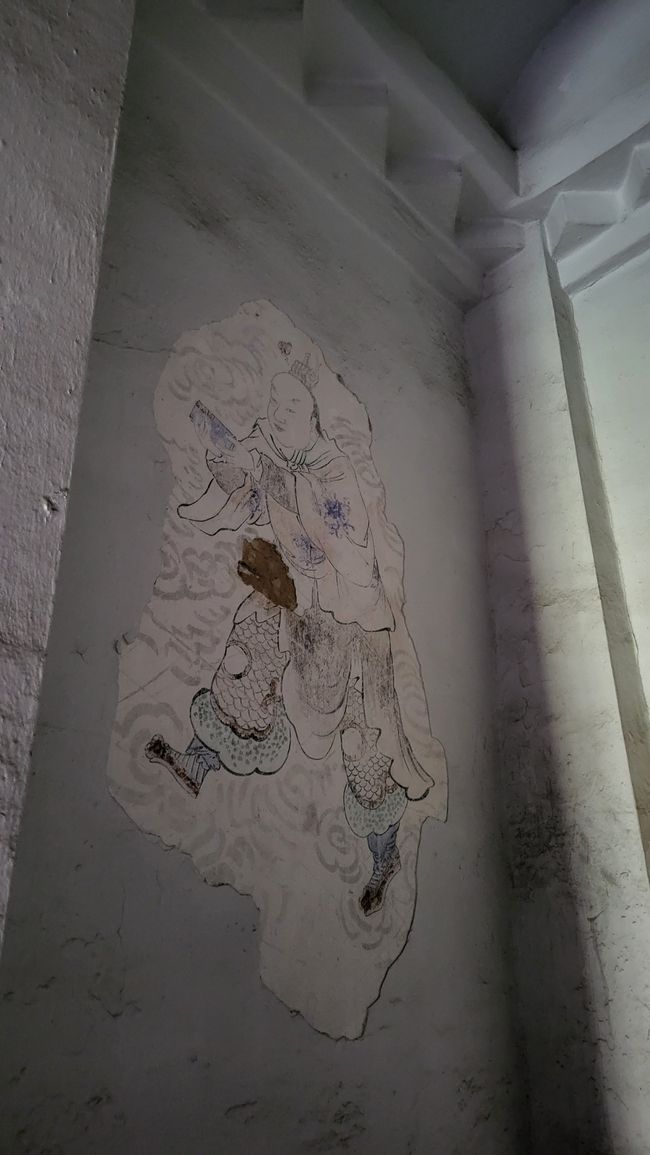

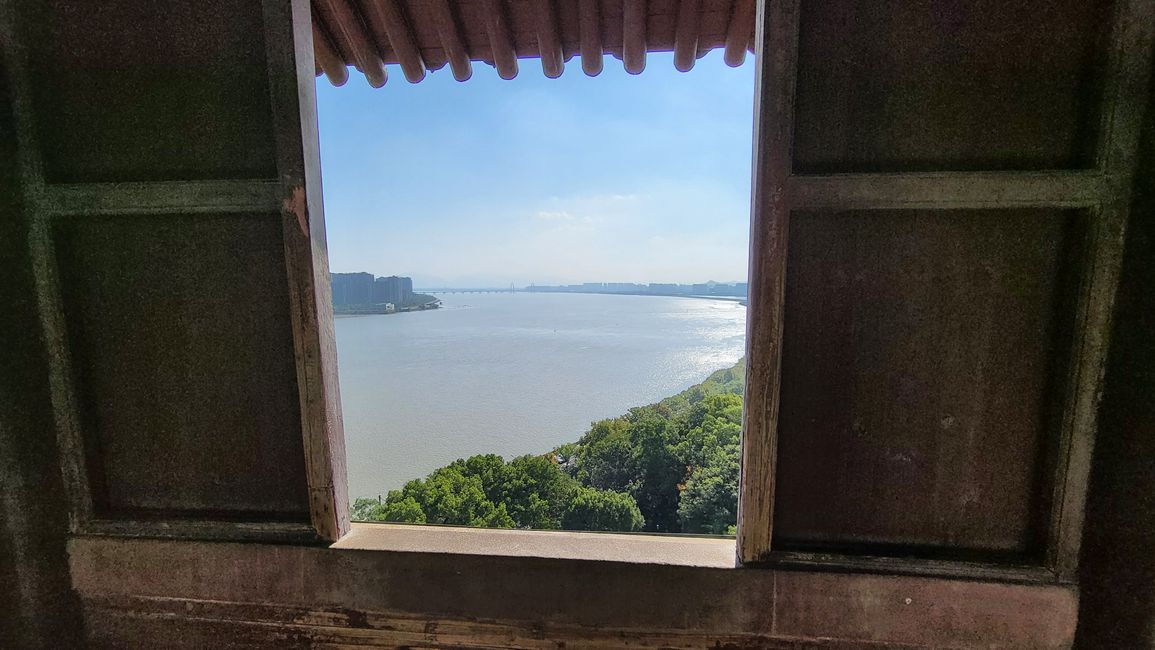

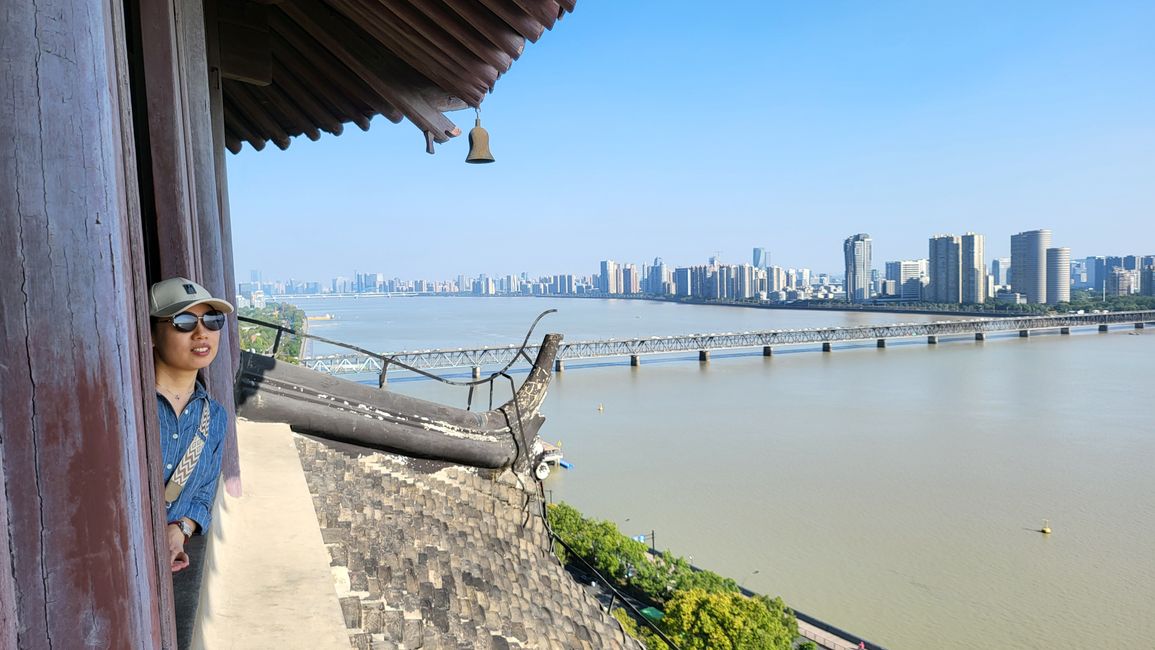
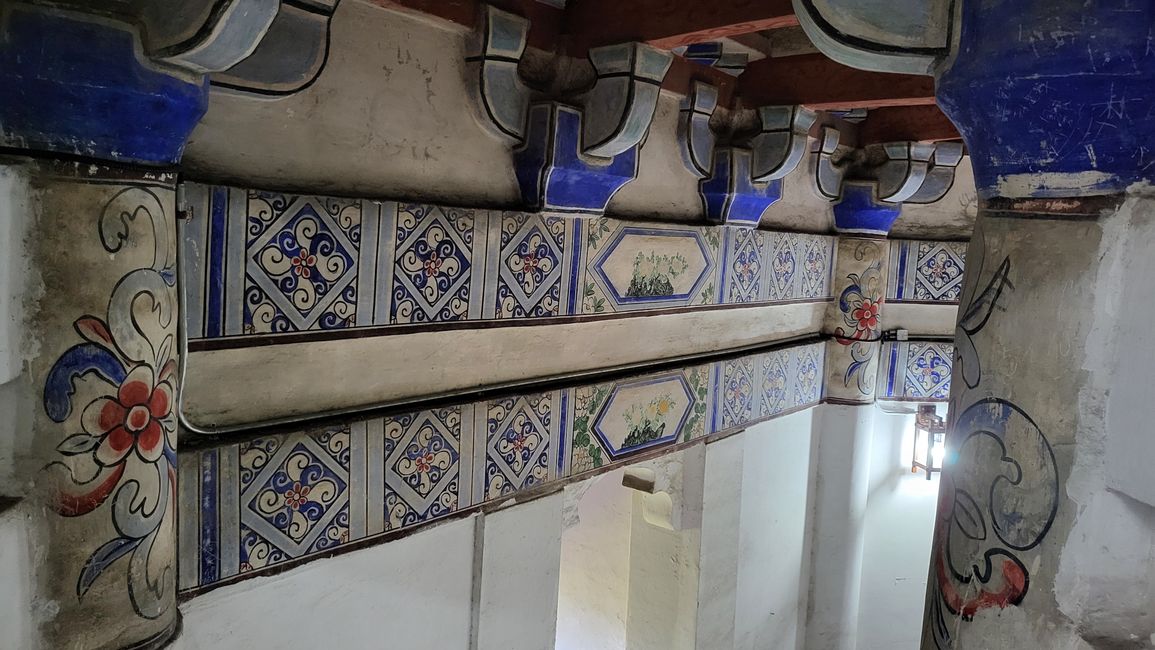
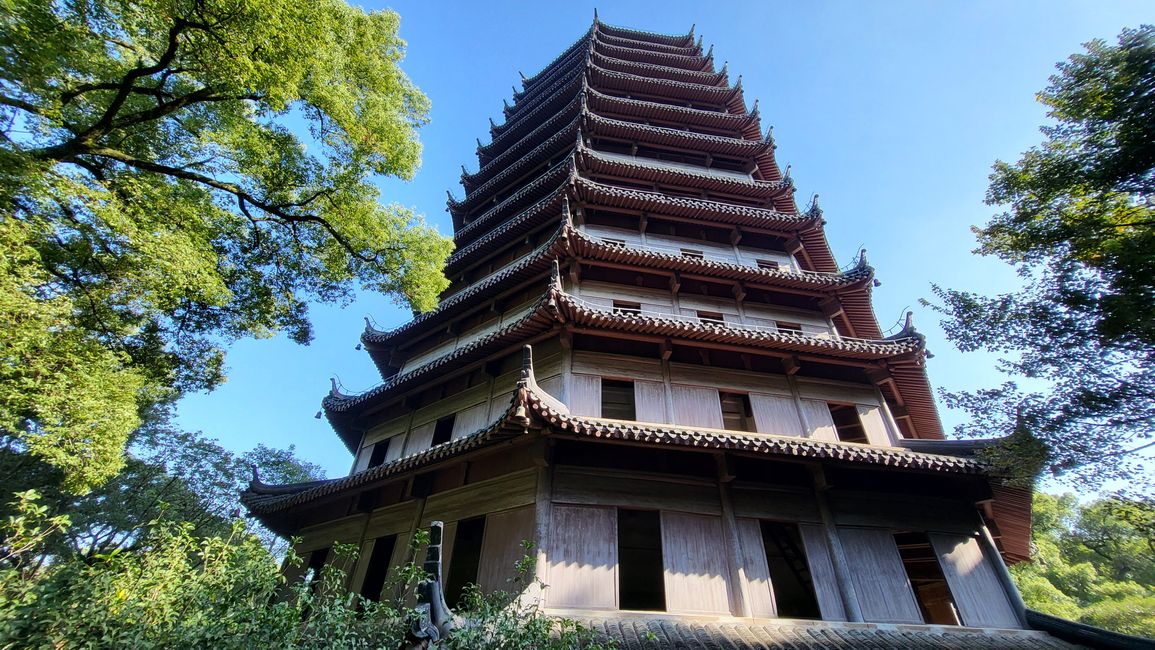
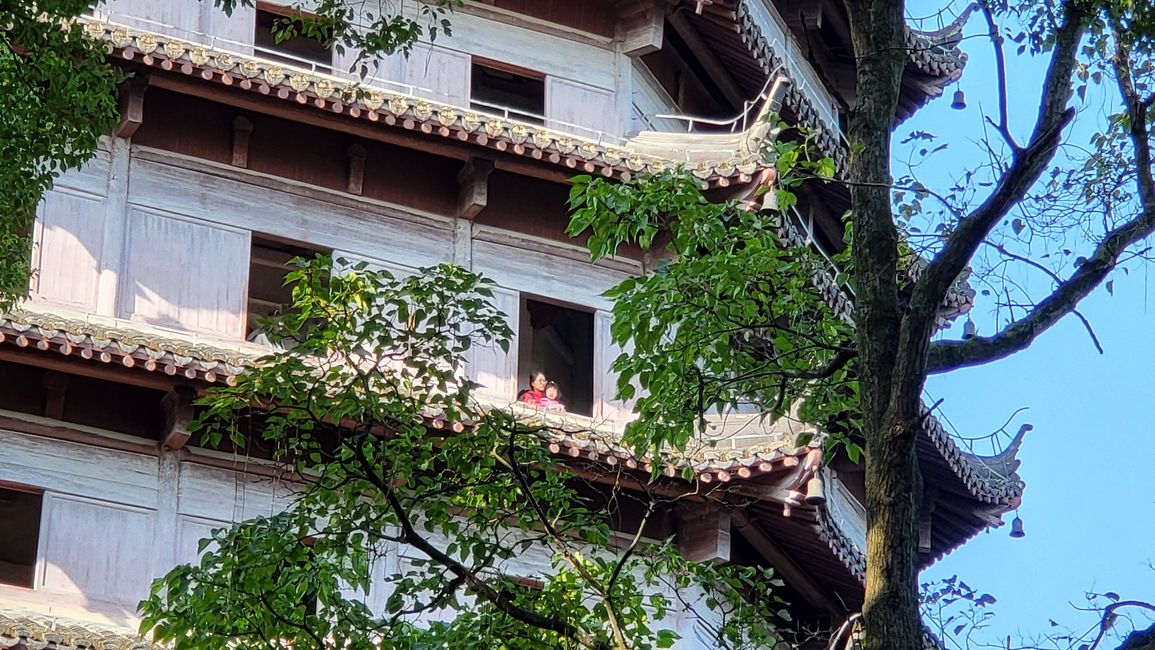
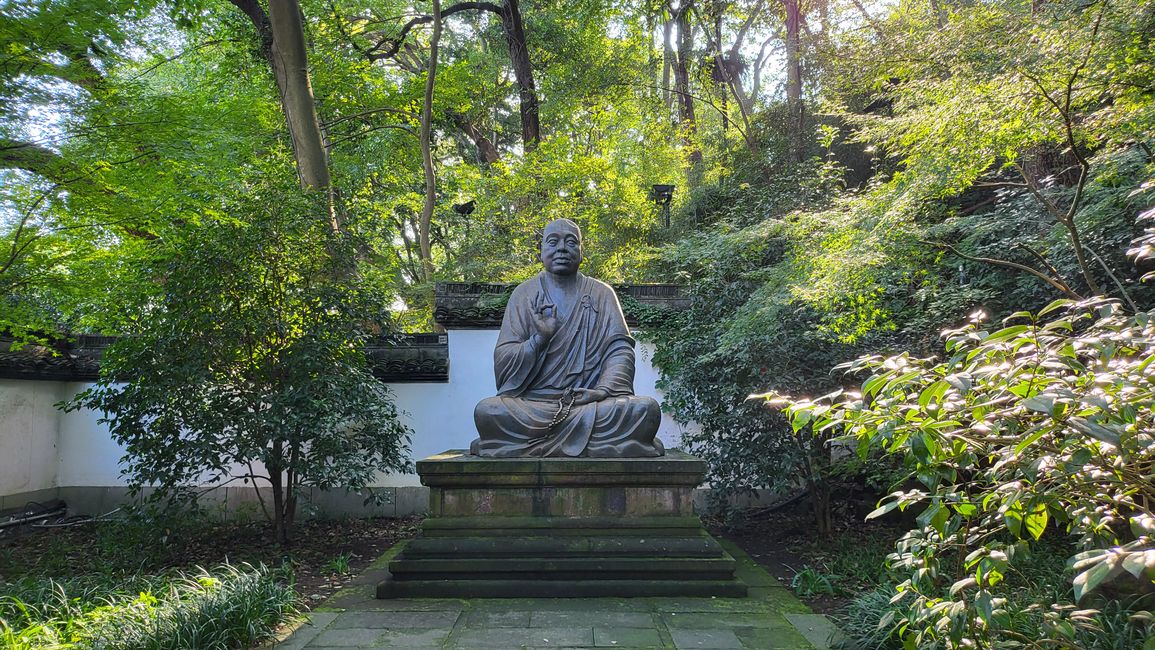
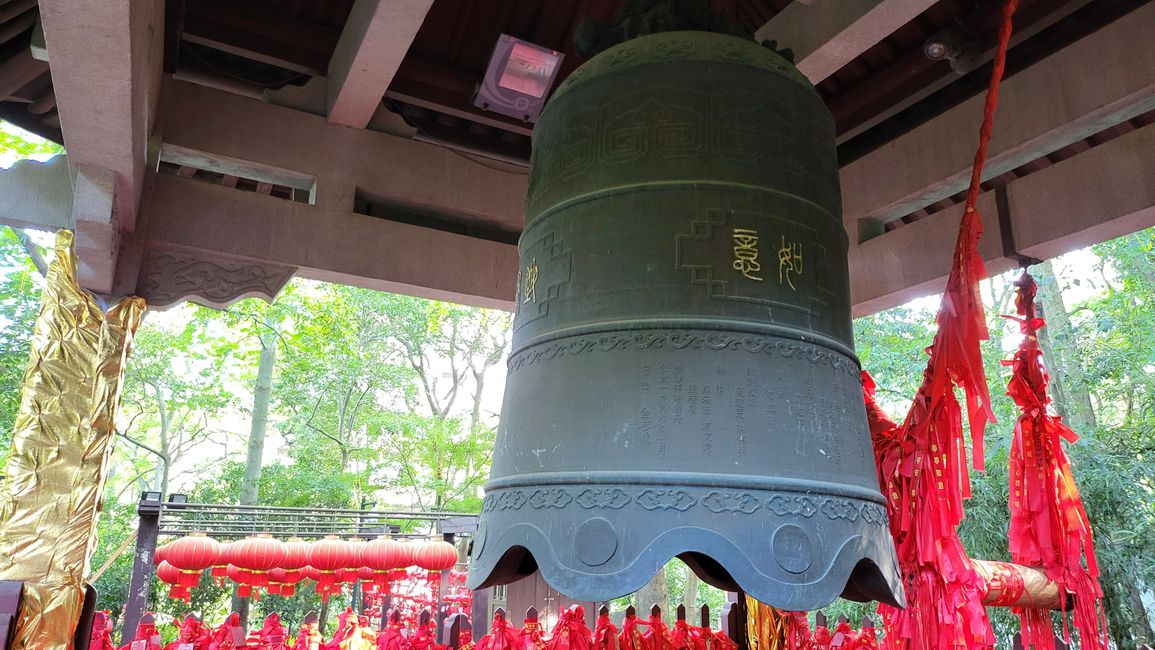
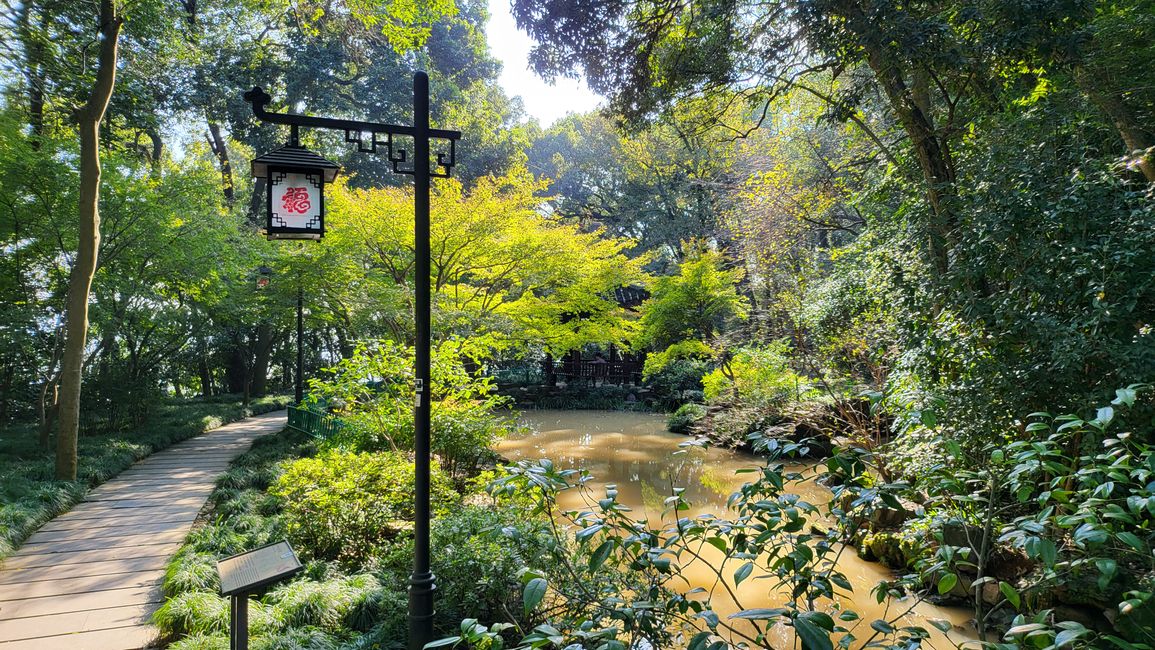
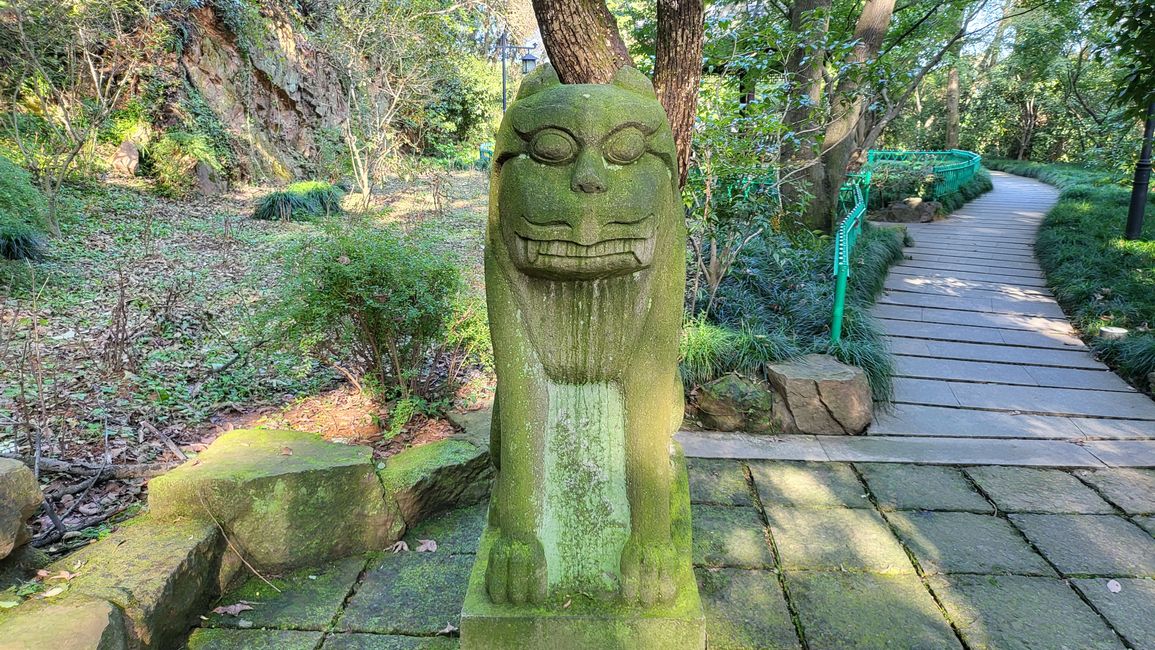
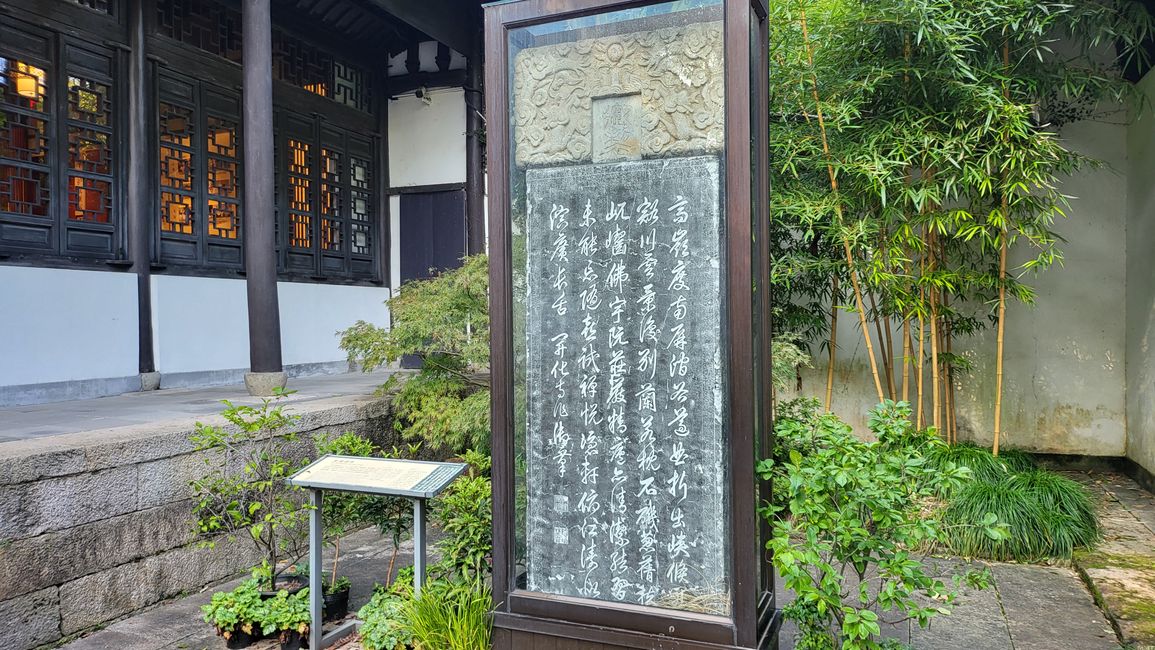
I have already mentioned that on our first sunny day in Hangzhou, we will visit the Liuhe Pagoda. It is an absolutely recommended destination, but only those who are very fit should approach it. For my parents-in-law, the steep climb in the pagoda would have been too challenging; I am glad that we came here without them. The pagoda has a funny characteristic; it looks like a wooden pagoda. In fact, it is a stone pagoda that is completely surrounded by a wooden structure. The 'Six Harmonies Pagoda,' as the translation goes, is located on Yuelun Mountain, surrounded by wooded hills by the banks of the Qiantang River. The Liuhe Pagoda is about 60 meters high and has an octagonal layout. The existing seven-story brick core dates back to the time of Emperor Gaozong of the Southern Song Dynasty (1163), after a predecessor pagoda was built 200 years earlier. We climb the steps to the base, and the pagoda is framed by the surrounding forest. We enter the pagoda, where a steep stone staircase awaits us, which is followed by an even steeper wooden staircase. We struggle upward floor by floor, exploring the winding corridors of each level, looking for the next staircase, and continue to ascend. In the heart of the brick tower, the ceilings of each floor are painted with dragons and phoenixes, surrounded by clouds, plum blossoms, orchids, chrysanthemums, and other flowers, as well as water chestnuts. In the corridors, there are wall paintings in niches that were partially discovered during renovation work in 2003 and date back to the Ming Dynasty. Upon reaching the top, we have a great view of the Qiantang River and its backdrop from the wooden facade. With heavy hearts, we decide to descend again. Behind the pagoda sits a mighty stone Zhitan, who collected money for many years as a monk to organize the reconstruction of the pagoda during the Song Dynasty. Further back in the forest, the new Liuhe Bell is placed, which was cast in the style of the Ming Dynasty (1368-1644). It stands 2.25 meters tall, weighs 2.3 tons, and bears an inscription from the significant Chinese historian Mao Zhaoxi (1929 – 2023). It is said that people have been striking the bell of the Liuhe Pagoda since ancient times to wish for a peaceful Qiantang River, a prosperous country, and a safe life. Today, it has become a tradition for locals to strike the Liuhe Bell on the eve of the Chinese New Year to ask for blessings and good luck. Our walk continues in the wooded pagoda area to the goldfish pond because the Liuhe Pagoda is one of the birthplaces of the goldfish. Next to the final exhibition hall, there is a stele engraved with poems by the already mentioned Emperor Qianlong (1711-1799) regarding the pagoda. He visited it several times during his inspection tours. In the small exhibition hall itself, the Liuhe Pagoda is depicted as an important symbol of harmony, a harmony between Confucianism, Buddhism, and Taoism. This pursuit of harmony still holds significant cultural meaning in today’s great China and makes life in China so pleasant.
Répondre
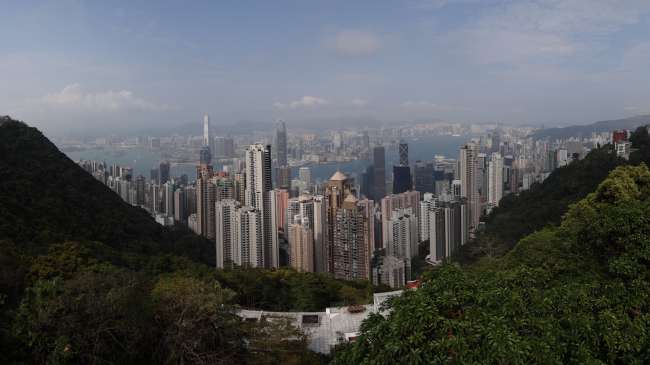
Rapports de voyage Chine
